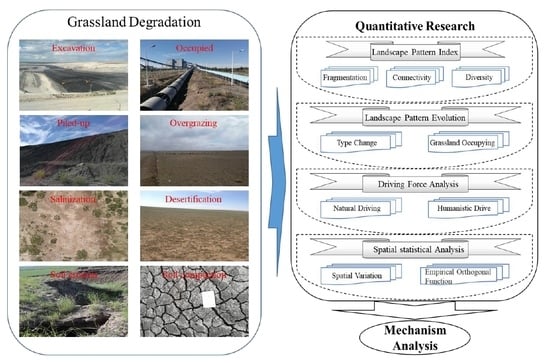Impacts of Large-Scale Open-Pit Coal Base on the Landscape Ecological Health of Semi-Arid Grasslands
Abstract
Share and Cite
Wu, Z.; Lei, S.; Lu, Q.; Bian, Z. Impacts of Large-Scale Open-Pit Coal Base on the Landscape Ecological Health of Semi-Arid Grasslands. Remote Sens. 2019, 11, 1820. https://doi.org/10.3390/rs11151820
Wu Z, Lei S, Lu Q, Bian Z. Impacts of Large-Scale Open-Pit Coal Base on the Landscape Ecological Health of Semi-Arid Grasslands. Remote Sensing. 2019; 11(15):1820. https://doi.org/10.3390/rs11151820
Chicago/Turabian StyleWu, Zhenhua, Shaogang Lei, Qingqing Lu, and Zhengfu Bian. 2019. "Impacts of Large-Scale Open-Pit Coal Base on the Landscape Ecological Health of Semi-Arid Grasslands" Remote Sensing 11, no. 15: 1820. https://doi.org/10.3390/rs11151820
APA StyleWu, Z., Lei, S., Lu, Q., & Bian, Z. (2019). Impacts of Large-Scale Open-Pit Coal Base on the Landscape Ecological Health of Semi-Arid Grasslands. Remote Sensing, 11(15), 1820. https://doi.org/10.3390/rs11151820




